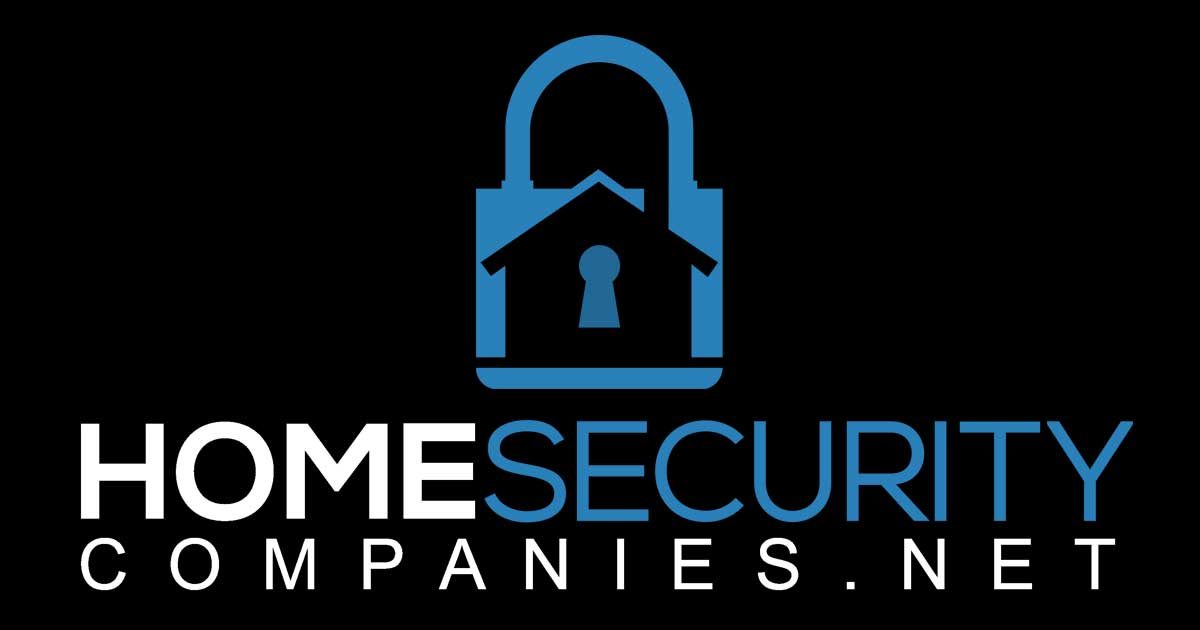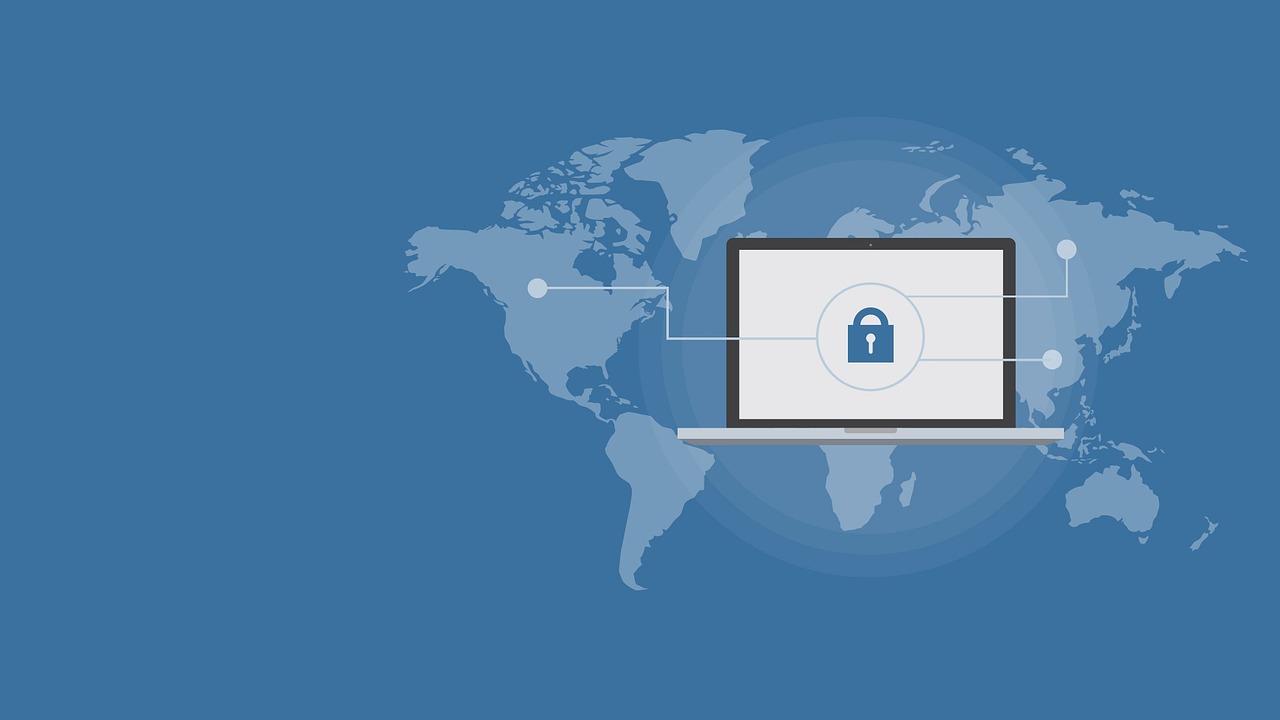Table of Contents
- Introduction to Home Network Security Monitoring Software
- The Benefits of Using Security Monitoring Software
- Types of Software Available to Monitor Your Home Network
- Choosing the Right Security Monitoring Software for Your Needs
- Setting Up and Configuring the Security Monitoring Software
- Conclusion
- Frequently Asked Questions
Introduction to Home Network Security Monitoring Software
In today’s digital age, the internet has become an essential part of our daily lives. We use it for work, entertainment, and communication. However, as we rely more heavily on the internet, the risks of cyber-attacks and data breaches have also increased.
One of the most vulnerable areas of our digital lives is our home network. Your home network is the gateway to your personal and financial information, and if it is not protected, it can be easily compromised by cybercriminals.
Hackers can access your personal data, steal your identity, and even control your connected devices. By monitoring your home network, you can detect and prevent these threats before they cause any damage.
Using security monitoring software to protect your home network is one of the most effective ways to keep your network and personal information safe. These software programs constantly scan your network for potential threats and alert you when something suspicious is detected. With security monitoring software, you can also block unwanted access to your network and configure your network settings for optimal security.
In this article, we’ll discuss the benefits of using security monitoring software to protect your home network, the different types of software available, and how to choose the right security monitoring software for your needs.
So, whether you’re a tech-savvy individual or new to home network security, this blog post is for you.
The Benefits of Using Security Monitoring Software
With the rise of cyber threats, it is essential for consumers to take steps to protect their home networks.
In this digital age, security monitoring software can be a powerful defender against malicious actors. Security monitoring software products can detect logs, audit trails, and other types of data-rich information coming into your home network.
It also scans incoming and outgoing traffic, identifies potential vulnerabilities, and provides real-time alerts whenever suspicious activities occur. This ensures that no ill-intentioned individual can gain unauthorized access to your network to carry out criminal activities or steal personal information.
Moreover, most security monitoring software products are user-friendly with a straightforward installation procedure, and require minimal manual intervention for administrative tasks. All of these features make security monitoring software an indispensable protection solution for consumers looking to beef up their home network security without increasing complexity or costs.
Furthermore, investing in regular updates that provide comprehensive coverage and support from vendors gives additional peace of mind that malicious actors will not infiltrate the home network.
From detection to prevention, users have access to powerful tools that help defend their personal data against cybercrime attempts – making security monitoring software an invaluable security aid for modern homes.
Types of Software Available to Monitor Your Home Network

In this section, we will provide an overview of the different types of security monitoring software available on the market. These software programs vary in terms of features, pricing, and level of protection they offer.
One popular type of security monitoring software is antivirus software. This type of software is designed to detect and remove malware and other malicious software from your computer or device.
It is an essential tool for protecting your home network against viruses, spyware, and other types of malware. Some antivirus software also includes features such as firewalls, intrusion detection, and parental controls.
Another type of security monitoring software is network monitoring software. This software is designed to monitor your home network for potential security threats.
It can detect and alert you to unauthorized access attempts, suspicious network activity, and other potential security issues. Some network monitoring software also includes features such as bandwidth monitoring, packet analysis, and remote management.
Firewall software is another option for home network security. Firewalls act as a barrier between your home network and the internet, protecting your personal information and devices from hackers and other unauthorized access. Firewall software can also be configured to block unwanted access to your network and control internet traffic.
Lastly, there is all-in-one security monitoring software that includes features of all the above types of software. These software typically include antivirus, network monitoring, and firewall features, as well as additional features such as intrusion detection, spam blocking, and parental controls. They are a comprehensive solution for protecting your home network.
Choosing the Right Security Monitoring Software for Your Needs
When selecting security monitoring software, it’s important to consider the type of network you’re setting up and what features are required. If you just need basic protection against everyday threats, opting for a low-cost or free option such as antivirus software might be enough.
However, if you have home security cameras or other more sensitive devices, more advanced software may be needed. Additionally, you should consider the number of users who will be accessing the network and how often they’ll do so as this can affect the overall security of your system.
Once you’ve identified which type of software best suits your needs, it’s also important to check for compatibility with your existing hardware and software. This will ensure that the solution you choose is able to provide comprehensive coverage of your home network, as well as any other connected devices such as TVs, gaming consoles, and smart appliances.
Finally, consider how user-friendly the software is; having a solid understanding of the interface can make it much easier to monitor and adjust your security settings.
Taking the time to research and select the right software for your home network can go a long way toward keeping it safe and secure, giving you peace of mind that your data is protected from malicious actors.
Setting Up and Configuring the Security Monitoring Software
Setting up a comprehensive security monitoring system is an essential step in protecting against cyberattacks. To ensure optimal protection, the chosen software must be properly configured.
First and foremost, any reports should be directed to a secure email address that only trusted personnel have access to. Moreover, specific alerts should be established for certain events and activities so that any suspicious activity can be flagged.
Access rights should also be determined to ensure that only approved users can access critical systems. Lastly, regular audits should take place in order to continually monitor performance and identify any potential vulnerabilities or lapses in security.
By taking these precautions when setting up and configuring the security monitoring software, companies can protect themselves from data breaches or other malicious cyberattacks. Taking such measures will give them peace of mind that their data and networks are safe from unwelcome intruders.
Conclusion
Monitoring your home network for security threats is of utmost importance in today’s digital age. By using security monitoring software, you can protect your home network and the personal information of those connected to it.
With the various types of software available on the market, it is important to choose the right one that best suits your needs. Whether it’s a simple configuration or a complex setup, it is essential to set up and configure the software to ensure optimal security.
By following the tips and guidelines discussed in this outline, you can rest easy knowing that your home network is secure.
Frequently Asked Questions
Security monitoring software is a powerful tool used to protect data and networks from malicious actors. It scans incoming and outgoing traffic, identifies potential vulnerabilities, creates audit trails, and reports suspicious activities.
The benefits of using security monitoring software include increased protection against cyber threats, heightened visibility into your network activity, and real-time alerts to suspicious activities.
When selecting security monitoring software, look for features such as real-time alerting and notifications, automated threat detection and response capabilities, log management, and reporting tools, malware protection, remote access control, application layer firewalls, intrusion prevention system (IPS) solutions, and data loss prevention (DLP) solutions.
Installing security monitoring software is typically quite simple. You will need to download the product, install it on your computer or device, and configure it according to your specific needs.
After installation, you can then set up the appropriate rules and policies for scanning incoming and outgoing traffic.
Once you have installed and configured the security monitoring software, it will begin to monitor your network activity. You can then review any alerts or notifications that come up, as well as logs of activities and data traffic.
This information can help you identify suspicious activities and take necessary steps to protect your data from malicious actors.
Some popular security monitoring software programs include Norton 360, McAfee Total Protection, and Trend Micro Maximum Security. However, it’s important to research and compare different options to find the best fit for your specific needs.
Some tips for protecting your home network include: using strong passwords, updating software regularly, enabling two-factor authentication, disabling remote access when not in use, setting up firewalls, and monitoring user activity.
It may also help to invest in a reliable security monitoring software program that can provide an extra layer of protection.







